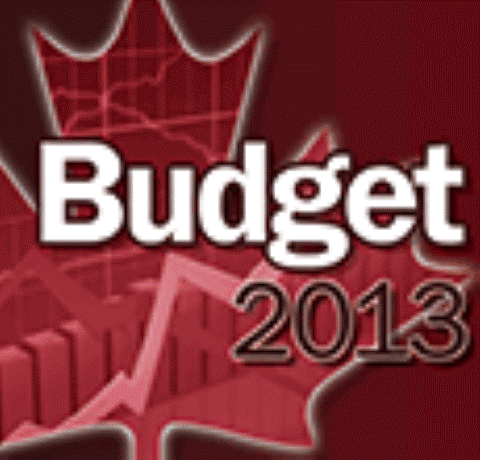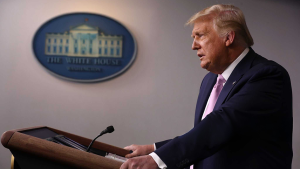The 2013 Federal Budget is introducing a new Building Canada Plan for the construction of public infrastructure such as roads, bridges, transit and port facilities, which involves a renewed fund for public-private partnerships (P3).
“We are very happy with the federal budget and its commitment to infrastructure dollars,” said Keith Sashaw, the new president and CEO of the Association of Consulting Engineering Companies – British Columbia.
“This is the largest commitment to infrastructure made by a federal government in Canadian history. We were concerned that the government might pare back on infrastructure spending, so we are pleased that they recognize the importance of continued investment in infrastructure.”
Finance Minister Jim Flaherty presented the 2013 federal budget and a new Building Canada plan on March 21.
The plan will provide about $53 billion in investments for infrastructure, including more than $47 billion in new funding over 10 years, starting in 2014–15.
The Building Canada Plan will be delivered through three key funds:
The Community Improvement Fund, consisting of the Gas Tax Fund and the incremental Goods and Services Tax Rebate for Municipalities, will provide more than $32 billion to municipalities for projects such as roads, public transit and recreational facilities, and other community infrastructure.
Gas Tax Fund payments will be indexed at 2 per cent per year starting in 2014–15, with increases to be applied in $100 million increments.
The new Building Canada Fund will provide $14 billion to support major economic projects of national, regional and local significance across the country.
The renewed P3 Canada Fund will provide $1.25 billion to continue to support innovative ways to build infrastructure projects faster and provide better value for Canadian taxpayers through public-private partnerships.
In addition, $6 billion will be provided to provinces, territories and municipalities under current infrastructure programs in 2014–15. Overall federal infrastructure funding will total $70 billion over 10 years.
The president of the Canadian Council for Public-Private Partnerships (CCPPP) is also pleased with the federal government commitment to long-term infrastructure funding and the recognition that P3s can deliver value for money to taxpayers.
“A 10-year commitment provides assurance that funding will be there to build Canada’s much-needed infrastructure for the long term, an essential contributor to growing Canada’s productivity, economic prosperity and global competitiveness” said Mark Romoff, president and CEO of CCPPP.
“The renewal of the $1.25 billion P3 Canada Fund and the requirement that projects applying for federal funding over $100 million go through a P3 screen, demonstrates the priority government attaches to providing value for money and protection to taxpayers.”
The P3 Fund is intended to focus on supporting projects that deliver value for money for Canadians and develop the Canadian P3 market.
“In today’s market, there are a plethora of procurement methods. But, for projects that make sense, it’s an excellent procurement method,” said Sashaw.
“Projects are becoming very expensive and complex to undertake. P3s make sense as a procurement method, which allows these projects to proceed.”
This new investment will focus, in particular, on jurisdictions inexperienced with P3 procurement.
Projects with capital costs of more than $100 million, that apply for federal funding under the new Building Canada Fund, will be assessed to determine whether they could deliver better value through P3 procurement than through traditional methods.
The budget also proposes to allocate $10 million from the renewed P3 Canada Fund to support procurement option assessments undertaken by provinces, territories and municipalities.
The federal government said on March 14 that it is making P3 Canada Fund investment of up to $250 million for the Southeast Light Rail Transit Line project in Edmonton.
Including this investment, P3 Canada has made more than $715 million in federal contributions toward 15 projects, with a total of $3.2 billion in capital costs.











Recent Comments
comments for this post are closed